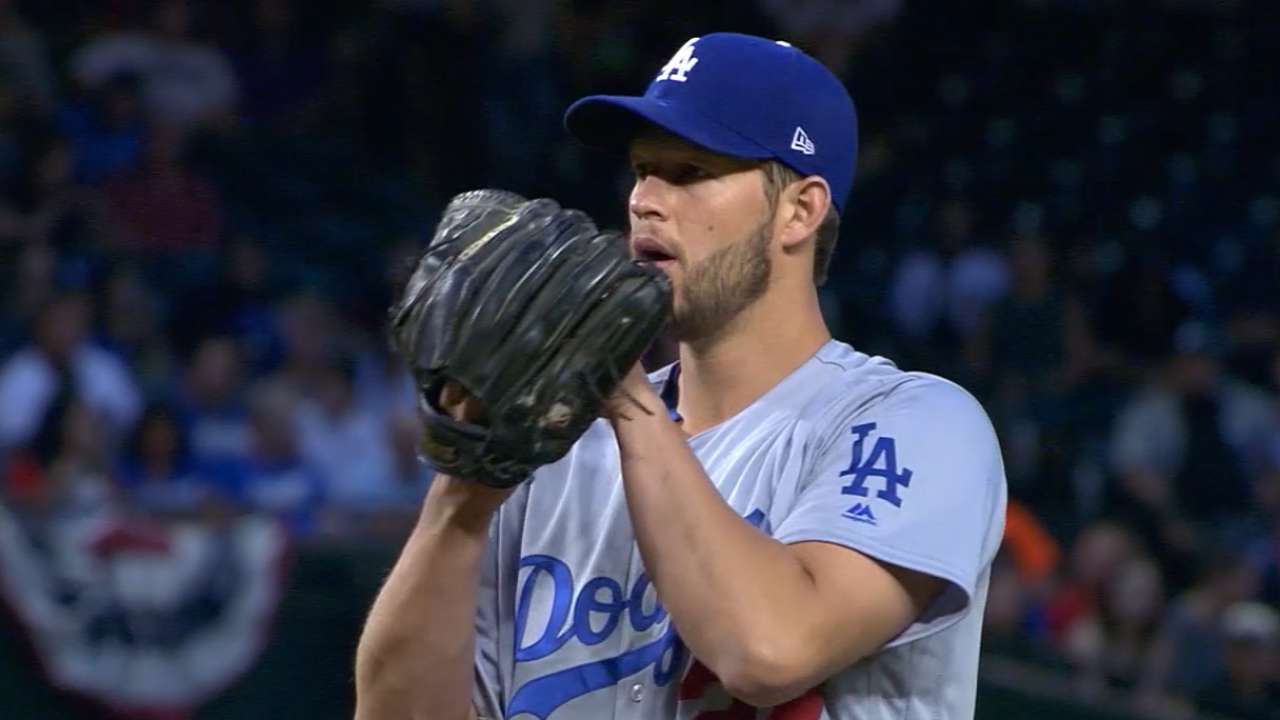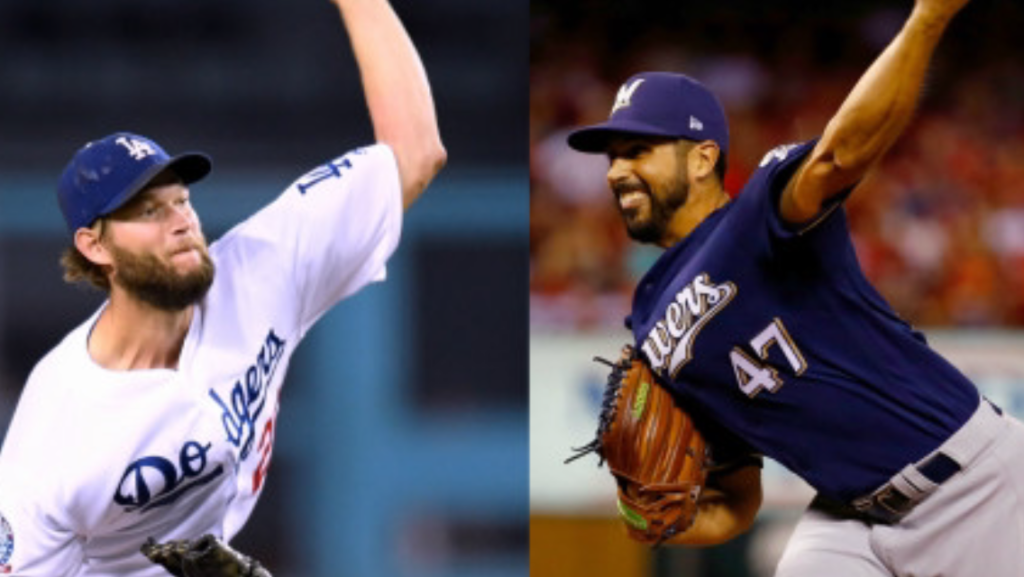Landscape of MLB Changing- Ace or Opener?


In the National League Championship series, the growing debate over ace vs. opener will play out between the Los Angeles Dodgers and the Milwaukee Brewers. Prototypical (albeit aging) ace Clayton Kershaw will face Gio Gonzalez on Friday with the belief that the bullpen will follow sooner rather than later. The following day, two aces, Justin Verlander and Chris Sale, will start for the Houston Astros and Boston Red Sox.
Verlander, a fourteen-year veteran with a career 3.39 ERA and .624 winning percentage, has been quite outspoken about the importance of the traditional starter. “I’m a believer in starting pitching,” the Houston Astros pitcher told Jason Stark of The Athletic earlier this month. He’s also voiced his concern over teams burning out bullpen arms by using the opener strategy, which entails variations of having a traditional reliever pitch one or two innings, then bringing in a starter or long reliever to eat multiple innings.
In another variation, the Padres have experimented with “bullpenning,” skipping the use of a traditional starting pitcher altogether. The Padres resorted to the strategy out of necessity (for instance, a hip injury to starter Joey Lucchesi).
The Brewers swept the Rockies with starters pitching fewer than 13 innings total, a record for a winning team in a division series. In the Red Sox/Yankee matchup, starters for the latter pitched only 13 innings with far different results, winning only one game.
The often-innovative Tampa Bay Rays started using the opener strategy in June when longtime reliever (588 appearances) Sergio Romo took the mound to start a game. From then on, the Rays started their ace, Black Snell, backed up by games using the opener, and watched as team ERA fell a full point to 3.74. Injuries to the pitching staff forced the Oakland A’s, another small market team known for innovation, to employ the opener, especially toward the end of the season. The A’s managed to make it to the Wild Card game in the American League. In that game, a 7-2 loss to the Yankees, Liam Hendriks pitched one inning then made way for five additional pitchers.
Teams with starters of the caliber of Verlander or Max Scherzer would be foolish to employ the opener strategy. However, the practice of starters facing batters the third or fourth time through the order has declined for a variety of reasons: a starter’s lack of an effective third pitch, hitters getting more comfortable in subsequent at-bats, and rising pitch counts thanks to pitchers throwing harder and striking out more batters.
If the opener faces the best of the opposing team’s hitters, the next pitcher up will face the lower part of the order and not reach the third time through until the later innings. Plus, teams can shuttle relievers back and forth from the minor leagues or even the disabled list. The general trend has led to a sharp decline in the number of pitchers reaching 200 innings in a season, especially since 2016.
At the same time, pitchers tend to be creatures of habit notorious for sticking to routines. They tend to derive comfort from having a predictable role. The traditional starter mentality has been to go deep in games. Dodger rookie Walker Buehler spoke for many starters when he decried the “five and dive” tendency.
Although fans want victories for their teams above all else, they will certainly be less interested in games featuring openers. This, in turn, could certainly have a negative effect on attendance, which declined again this year. Although teams can attract casual fans with promotions, the more hardcore fans will often select games to attend depending on the pitching matchup. After all, would you rather watch a Kershaw-Verlander matchup or one with two relatively anonymous guys out of the bullpen?
Baseball has been a part of Diane’s life since her father played professionally (mostly at the minor league level). She has written for a number of publications and concentrated on companion animal welfare. She welcomes the opportunity to write about the sport she loves. Diane shares her home with her husband and a house full of rescued animals.